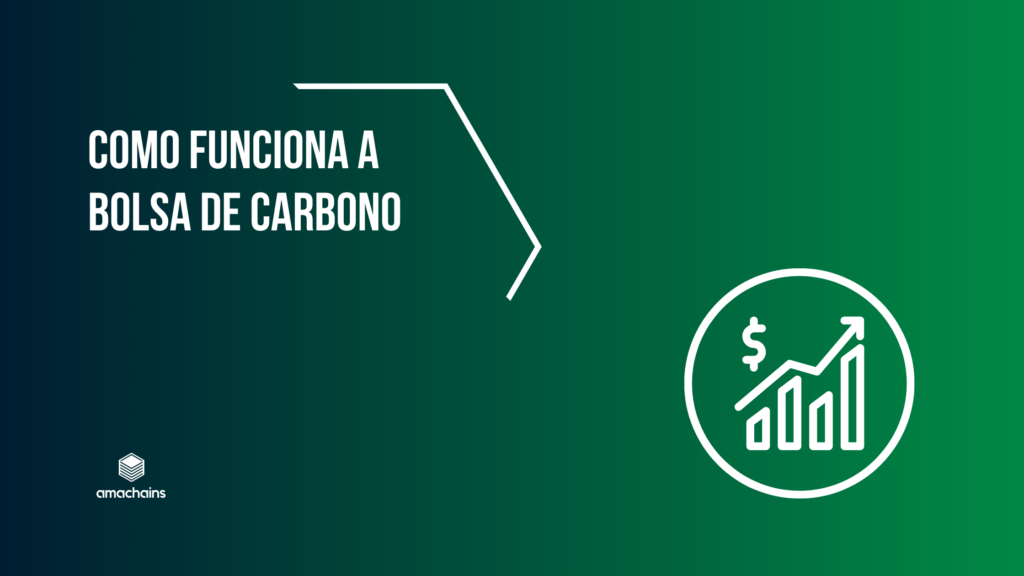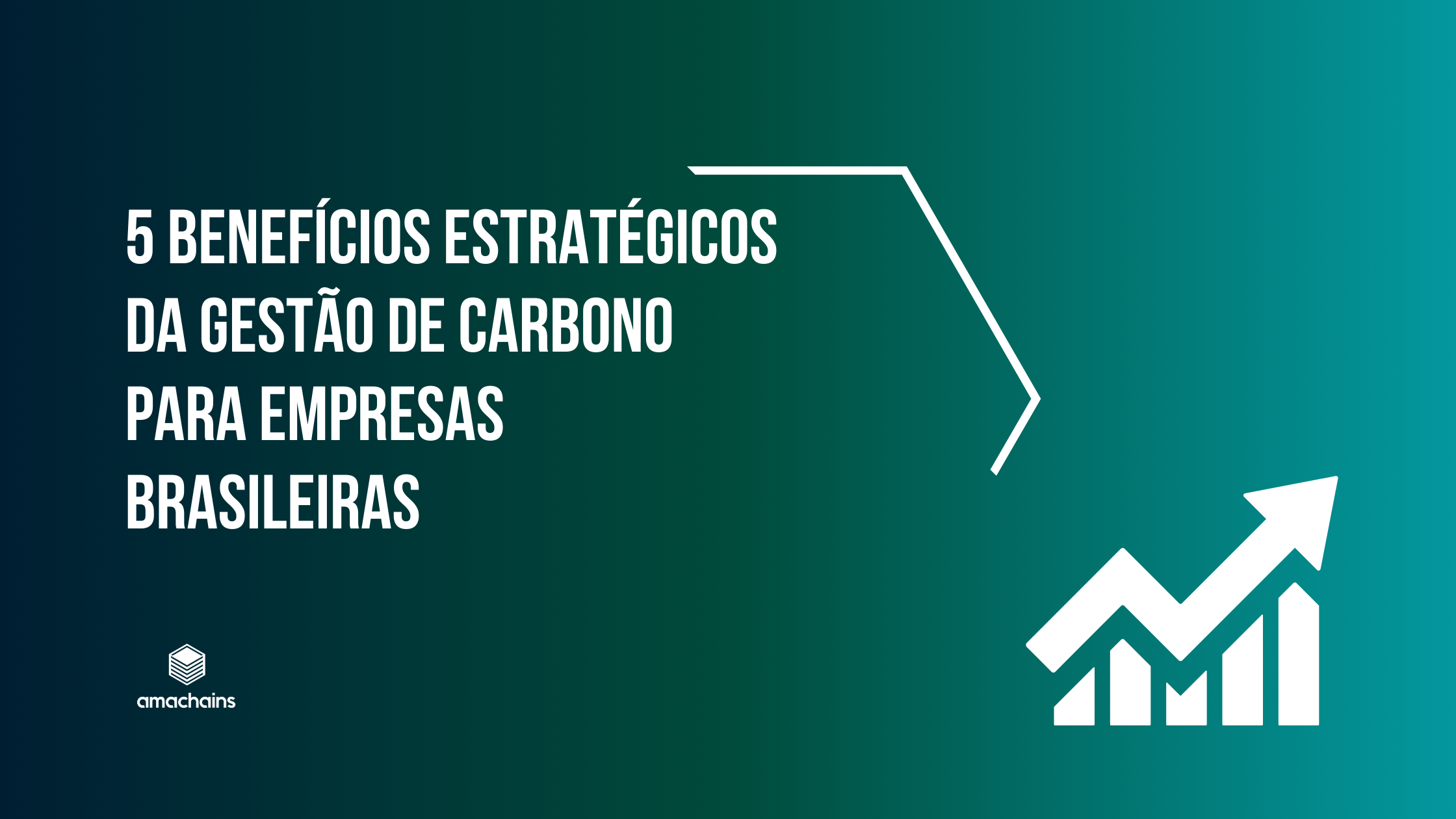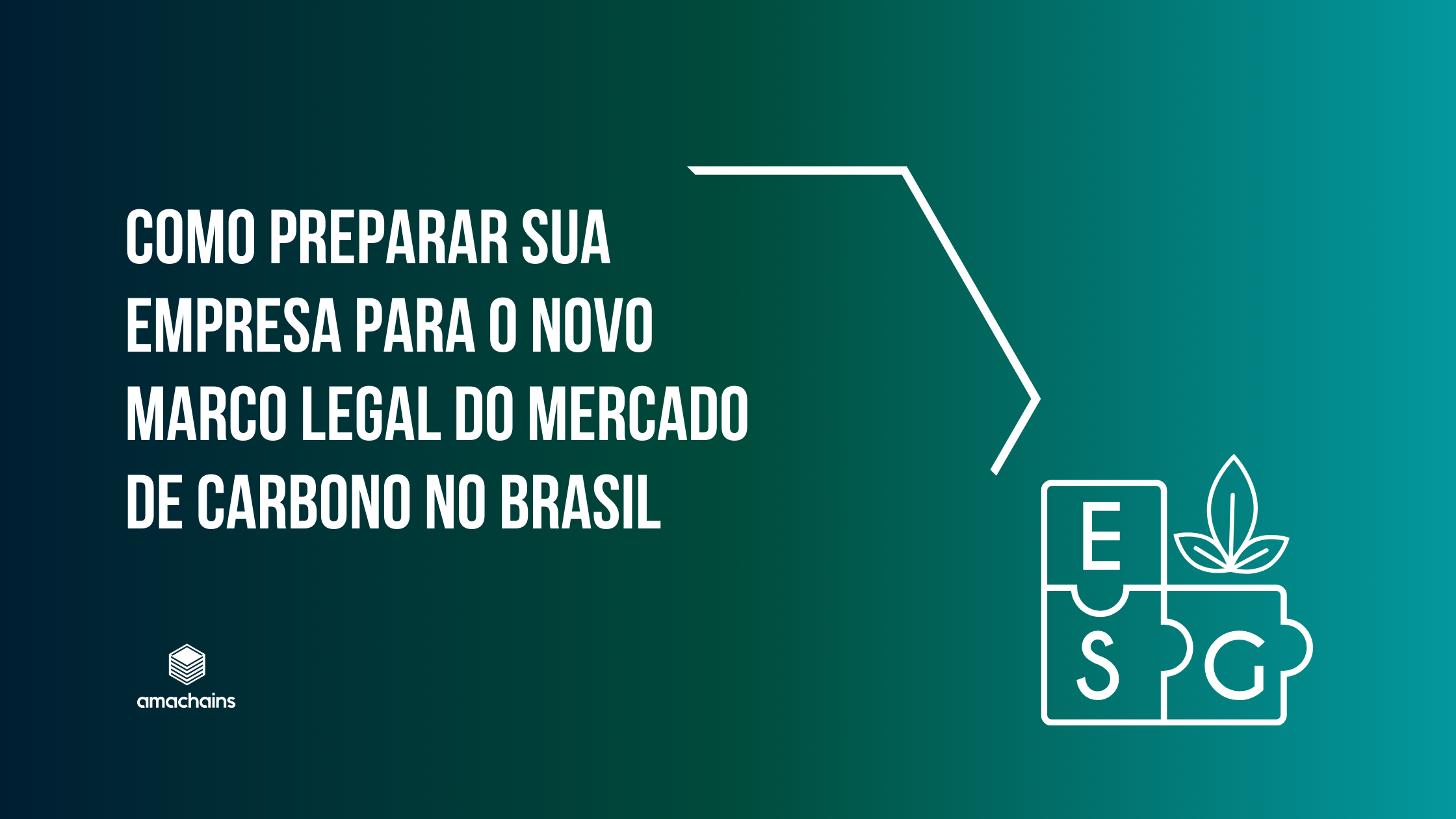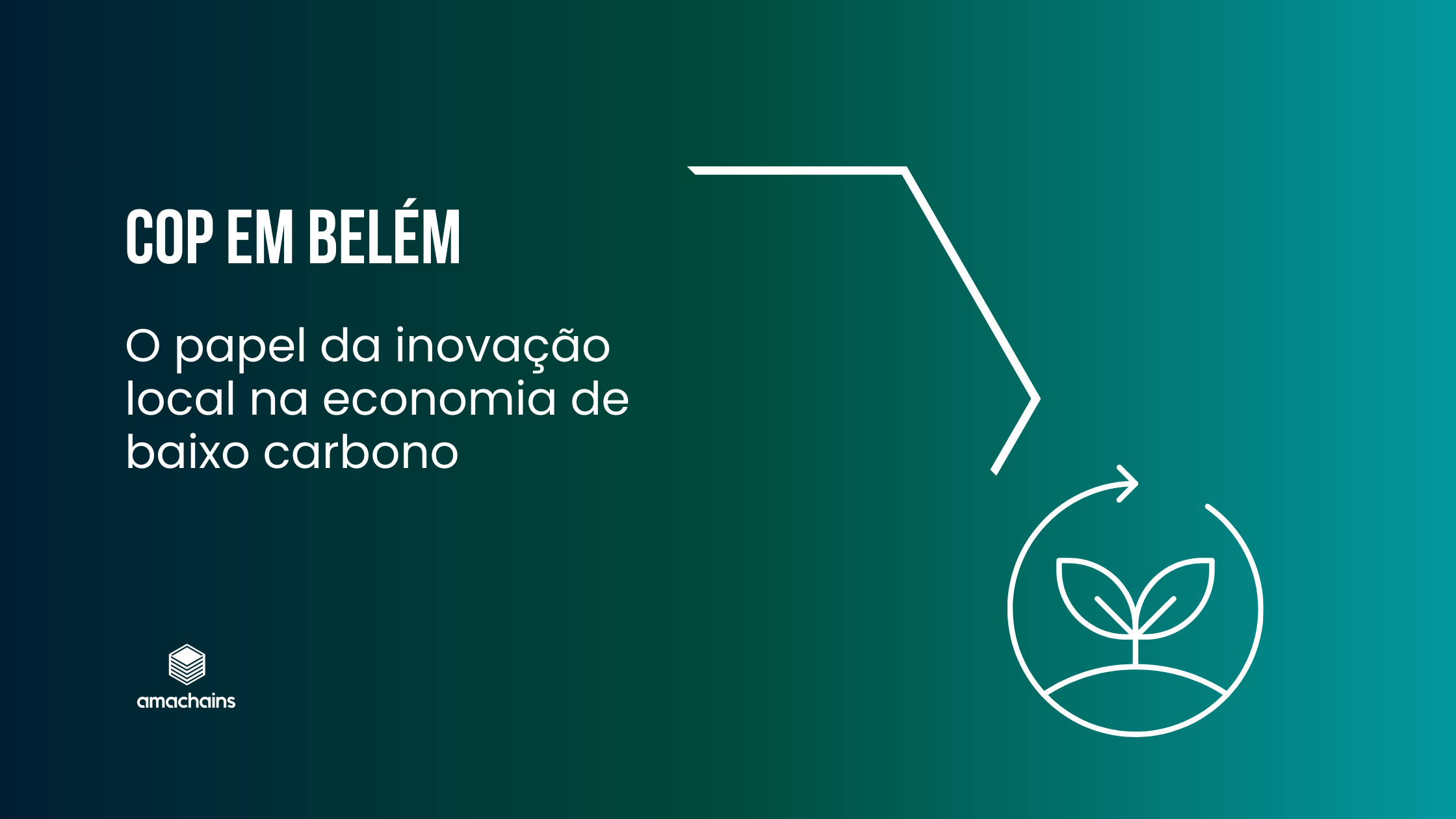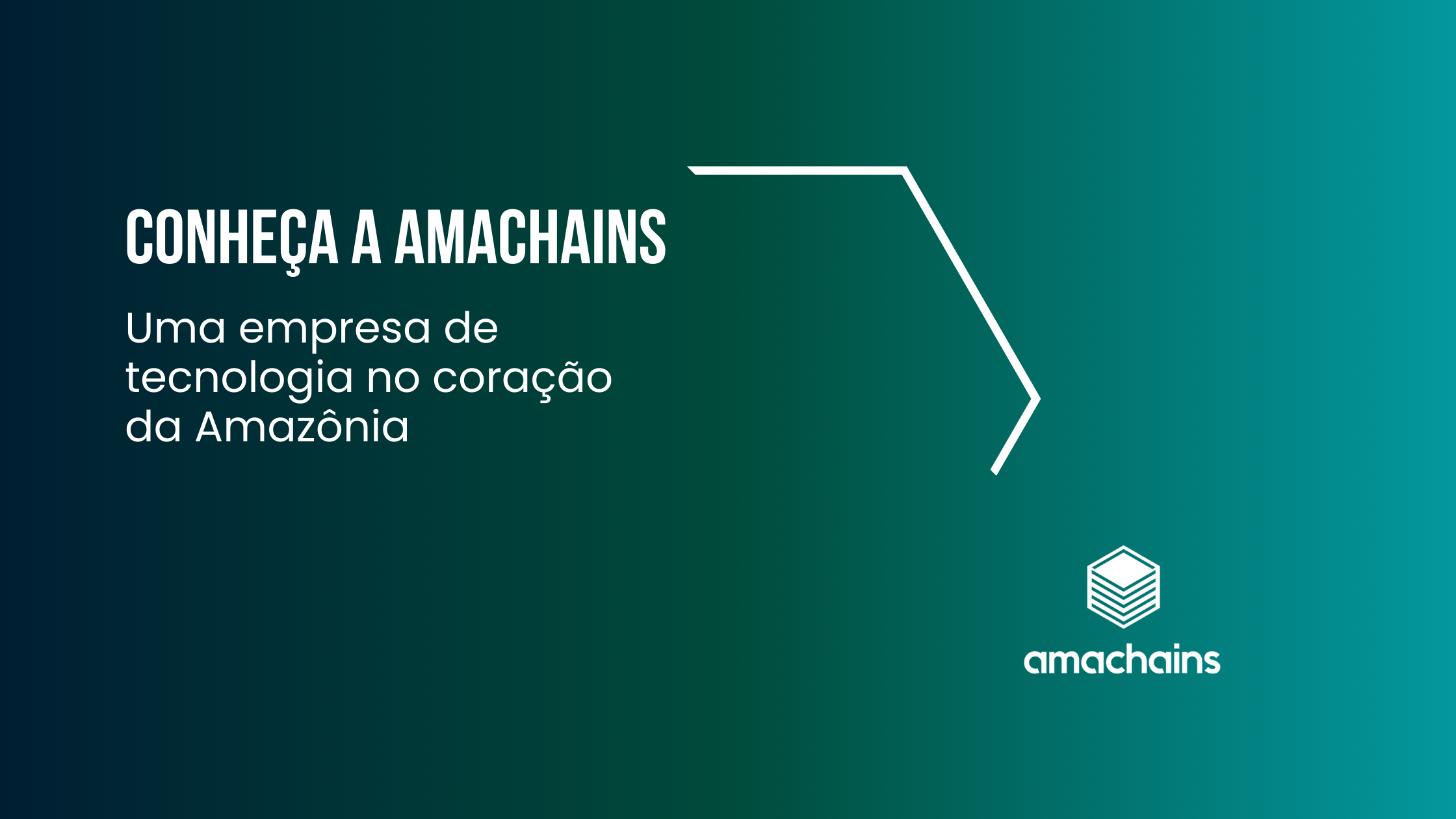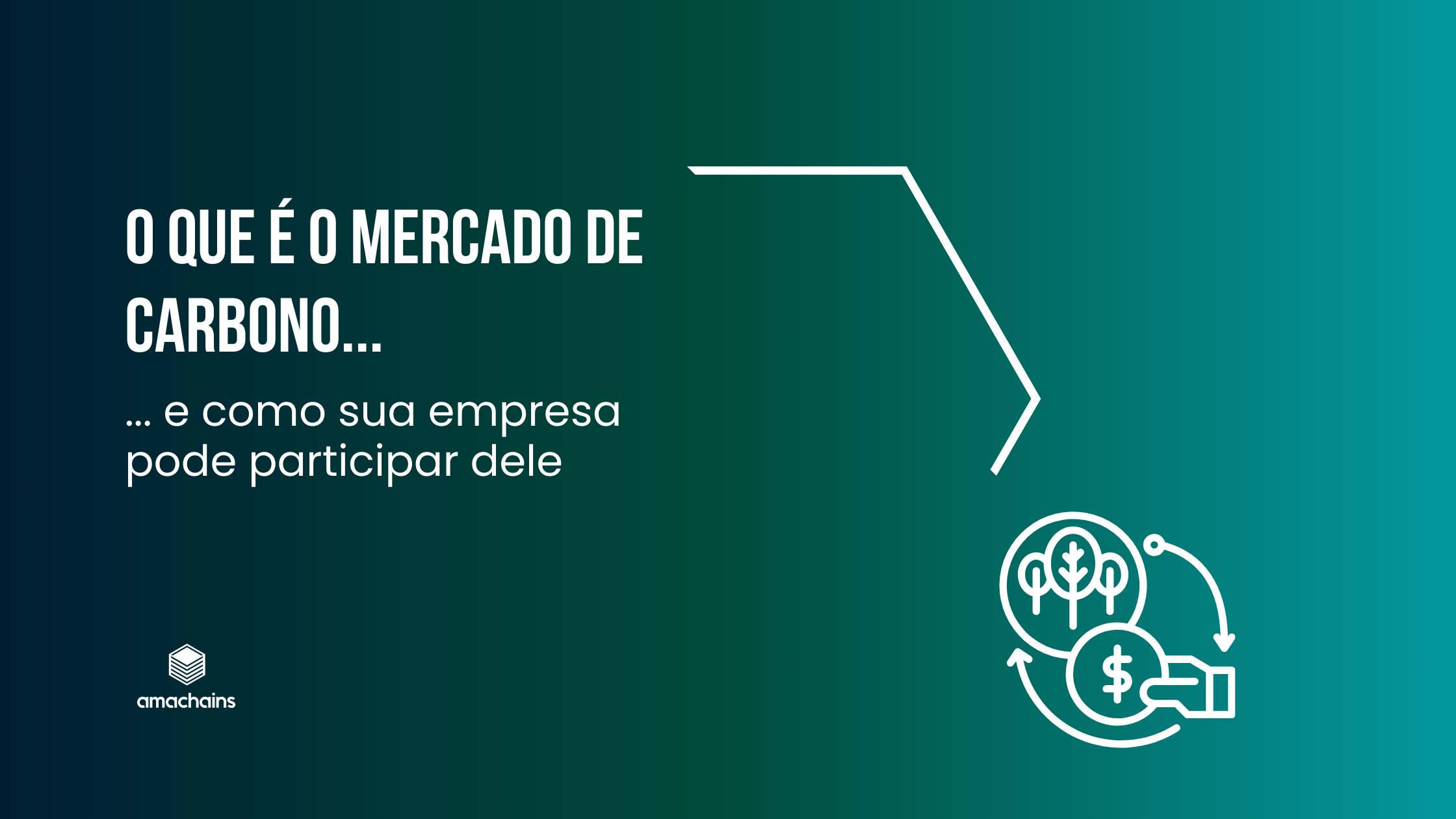One of the main instruments in the fight against global warming, the carbon market is an innovative mechanism for financially incentivizing actions to reduce carbon in the atmosphere. Through it, carbon credits are traded, thus rewarding initiatives to reduce greenhouse gas emissions.
To understand the concept of carbon credit, read this article.
Understanding the carbon pocket
In the carbon market, actions that contribute to reducing greenhouse gases in the atmosphere are transformed into credits that can be sold to agents who wish to reduce the environmental impact of their activities. To operationalize this exchange, what became known as a “carbon exchange” was created, an instrument for the purchase and sale of carbon credits. The carbon exchange works in a similar way to the stock exchange we know. However, instead of offering shares in a company, it allows the trading of carbon credits.
The carbon exchange in regulated markets
In regulated markets, carbon exchanges operate on the principle of “cap and trade.” Here’s how it works: the government sets a maximum limit on the carbon emissions allowed for certain industries or sectors of the economy. It then issues a corresponding amount of carbon credits, representing permissions to emit a certain amount of carbon. Companies that manage to reduce their emissions below the limit can sell their unused carbon credits to companies that exceed their limit.
Do you want to understand the difference between the regulated and voluntary carbon market? Read here.
The carbon exchange in voluntary markets
In voluntary markets, credits are purchased by companies seeking to reduce their carbon footprint. In other words, companies that seek to reduce the environmental impact of their activities, neutralizing greenhouse gas emissions with the remuneration of initiatives that reduce gases in the atmosphere.
European Union: The European Union Emissions Trading System (EU ETS) is the world’s largest carbon market. Established in 2005, it covers a wide range of industrial sectors and has been instrumental in driving the transition to a low-carbon economy in the region.
California, USA: California’s emissions trading program is another successful example. Launched in 2013, it has helped the state reduce its emissions while encouraging innovation and investment in clean technologies.
China: The country has launched several carbon trading pilots in different provinces and cities, including Beijing, Shanghai and Guangdong. With plans to expand into a national carbon market, China is demonstrating a significant commitment to reducing emissions.
Potential for wealth generation
The carbon exchange has the potential to generate wealth in several ways. Firstly, it encourages companies to invest in cleaner and more efficient technologies, promoting innovation and competitiveness. Furthermore, by creating a market for carbon credits, the carbon exchange provides investment and trading opportunities for financial institutions and investors.
Another important aspect is that the resources generated by the sale of carbon credits can be directed towards climate change mitigation and adaptation projects, contributing to the sustainable development of vulnerable communities.
Reliability of information
Carbon trading can become a powerful tool in the fight against climate change by offering a market-based approach to reducing carbon emissions. As more countries and regions adopt carbon trading systems, the demand for modern instruments to operationalize the carbon market is growing.
For these initiatives to be successful, it is essential to develop transparent and reliable technologies, ensuring the reliability of the information that supports the generation and exchange of carbon credits. Amachains is a Brazilian technology company that develops solutions for the carbon market. Through blockchain, we create tools to contribute to the traceability and accounting of carbon in various activities.
